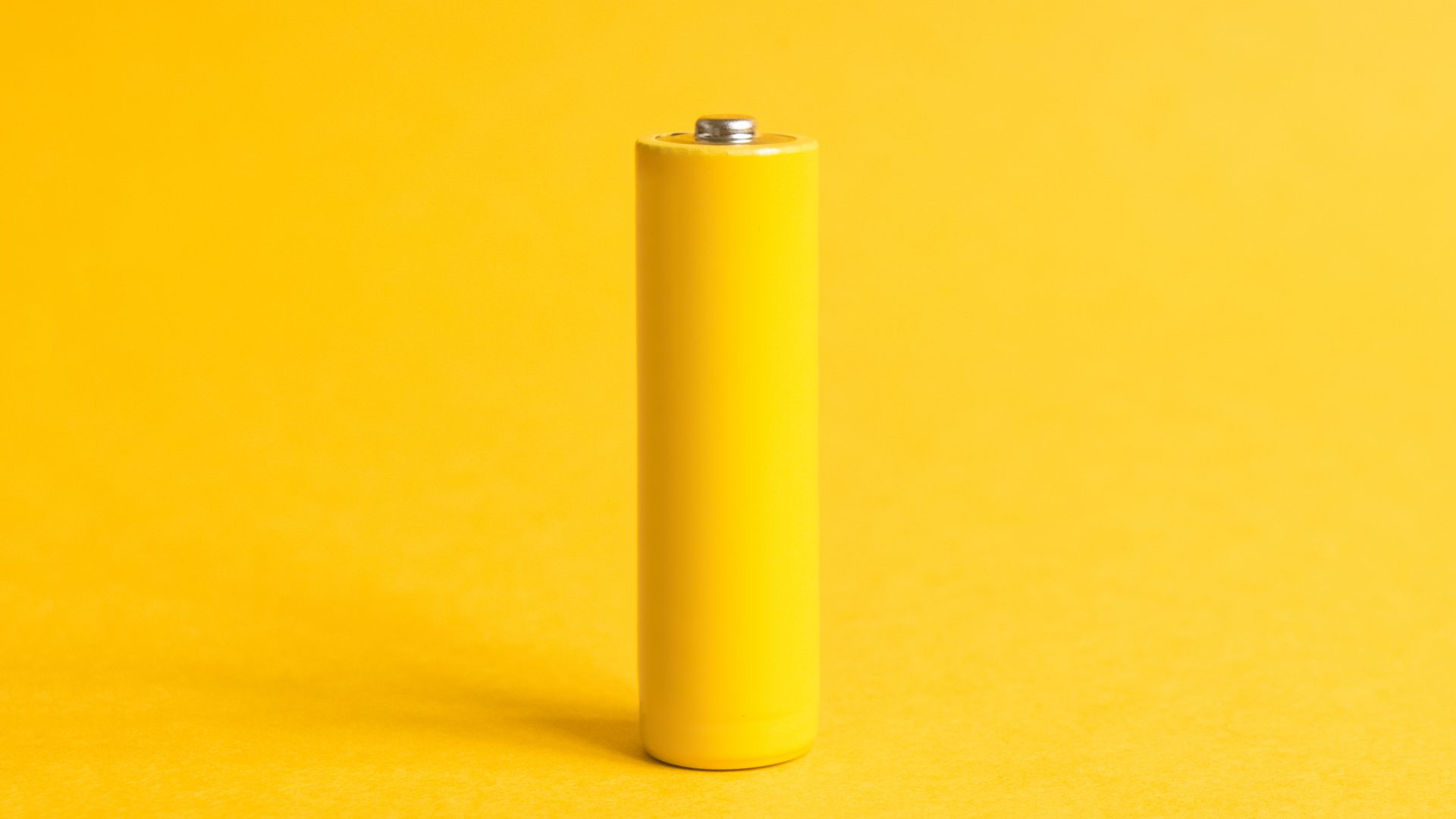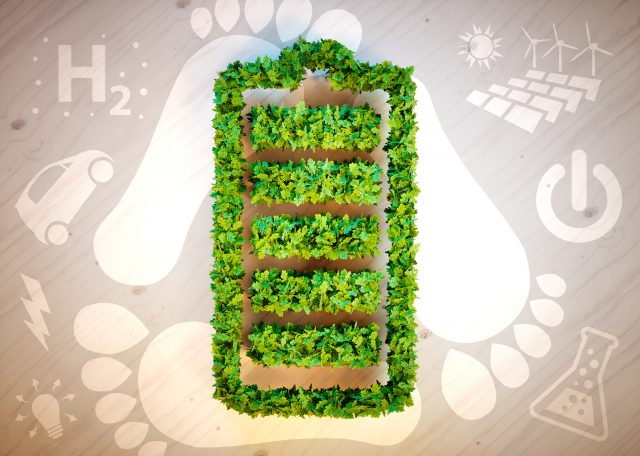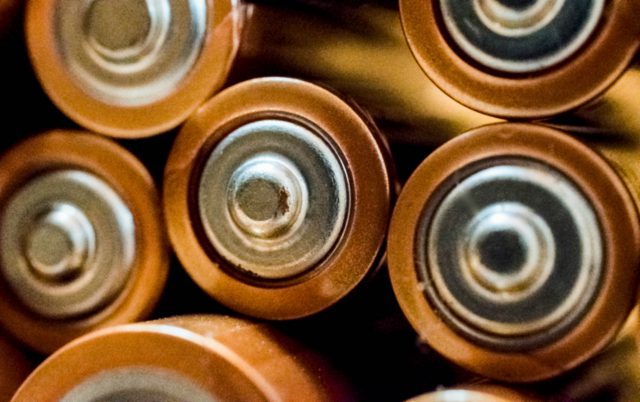
batteries
The EU agenda on batteries is already fully charged
In April 2019, the European Commission (EC) released its fourth report on the State of the Energy Union.
The tone was very positive: the EC has successfully delivered on one of its ten priority objectives to set up an ambitious EU climate and energy framework. Batteries were front and centre in the report. They are both strategic technologies for the EU’s industrial policy and pivotal inputs in the ongoing transition towards clean mobility.
Batteries were front and centre in the report: they are both strategic technologies for the EU’s industrial policy and pivotal inputs in the ongoing transition towards clean mobility.
batteries: shortcomings and prospects
That’s why the EC also published in April 2019 its report on the implementation of the Strategic Action Plan for batteries. The latter aimed at supporting a sustainable and competitive European battery industry by building a skilled workforce and securing Europe’s access to the raw materials.
Most importantly, the report mitigated the concerns that the European Court of Auditors (ECA) had raised a week earlier on the European Union’s ‘limited’ manufacturing capacity. According to the ECA, the measures taken so far to boost investments on battery technologies will prove insufficient to achieve the EU’s dual objective to be completed by 2020 for clean energy: 20% of renewable energy in final energy consumption, including 10% in transport. The ECA report argued that the European Batteries Alliance could miss its target to produce 200 Gigawatt hours (GWh) per year by 2025. Recent estimates show that EU manufacturing capacities would reach 70 GWh in 2023.
Nonetheless, the picture remains positive. First, the political will pushing for the build-up of the EU’s battery manufacturing capacity is strong. Second, investment is on the rise. Third, numerous initiatives are springing up. The positive momentum creates new regulatory challenges. First, policymakers must update the market standards to reflect the latest technology developments. Second, they must continue to ensure coherence across the different pieces of legislation impacting the batteries sector. The latter is a paramount priority for the Commission.
a need for more standardisation
First, standardisation is becoming a must for batteries:
- Minimum performance and sustainability requirement for batteries are currently being developed by the Commission and will be supported by harmonised standards,
- The Commission has also sent a request to the European Standardisation Organisation to draw new EU standards on material-efficient recycling of waste batteries and electronic waste.
Overall, there is a need to develop standards around the main features of batteries. They include safety, connectivity, performance, durability, bi-directionality, re-usability and recyclability, resource efficiency and life-cycle impacts (carbon footprint).
The positive momentum creates new regulatory challenges. First, policymakers must update the market standards to reflect the latest technology developments. Second, they must continue to ensure coherence across the different pieces of legislation impacting the batteries sector.
a push for more sustainability
Second, policymakers are currently discussing the need for an eco-design lot for batteries.
In late 2018, the Commission has launched a preliminary study to assess the benefit of an ecodesign regulation by the end of 2019. Meanwhile, there are significant legal concerns regarding the suitability of such a legislative tool. Ecodesign is a policy tool aimed at regulating energy-related products (e.g. heat pumps, solar panels) except for all means of transport. Batteries do not (yet) fall into this category. Whereas the initial intentions to use ecodesign was motivated by the desire to act quickly, it is increasingly likely that delays are to be expected with the recourse to the more generic EU legislative process (e.g. regulation).
a revision of the Battery Directive
Third, one can anticipate a review of the battery directive.
In its report on the evaluation of the battery directive, the EC has highlighted the need to update the directive to reflect the latest technological developments and new usages of batteries. For example, the current directive does not provide enough details on battery collection, the set-up of national collection schemes or the Extended Producer Responsibility (EPR) for industrial batteries. EPRs are policies aiming at transferring waste management costs (entirely/partially) or physical collection of products from local authorities to producers. However, industrial batteries do not yet fall under an EPR scheme. Meanwhile, there is still some time. The Commission proposal will be finalised in 2020 at the earliest.
end-of-life vehicles
Fourth, the Commission will also evaluate EU rules on end-of-life vehicles by the end of 2019. The end-of-life of vehicles directive aims at limiting the impact of end-of-life vehicles (ELVs) on the environment. According to the roadmap released in October 2018, the assessment will examine the coherence with the legislative instruments linked to batteries and tackle arising challenges, such as electric and connected vehicles.
non-toxic environment strategy
As regards the non-toxic environment strategy, it will be up to the next Commission to decide on its shape and destination. Mandated by the European Parliament and the Council of the European Union the plan will aim to uphold a high level of protection on human health and the environment while ensuring coherence across the different pieces of legislation on chemicals. Even though several public interest groups and environmental organisations repeatedly called on the Commission to speed up the drafting of the non-toxic environment strategy, it was delayed by the upcoming elections.
For sure, batteries will remain at the top of the EU legislative debates, as highlighted by the European Council’s high-level Working Group on Competitiveness and Growth. Stay tuned for future updates on regulation impacting batteries.





